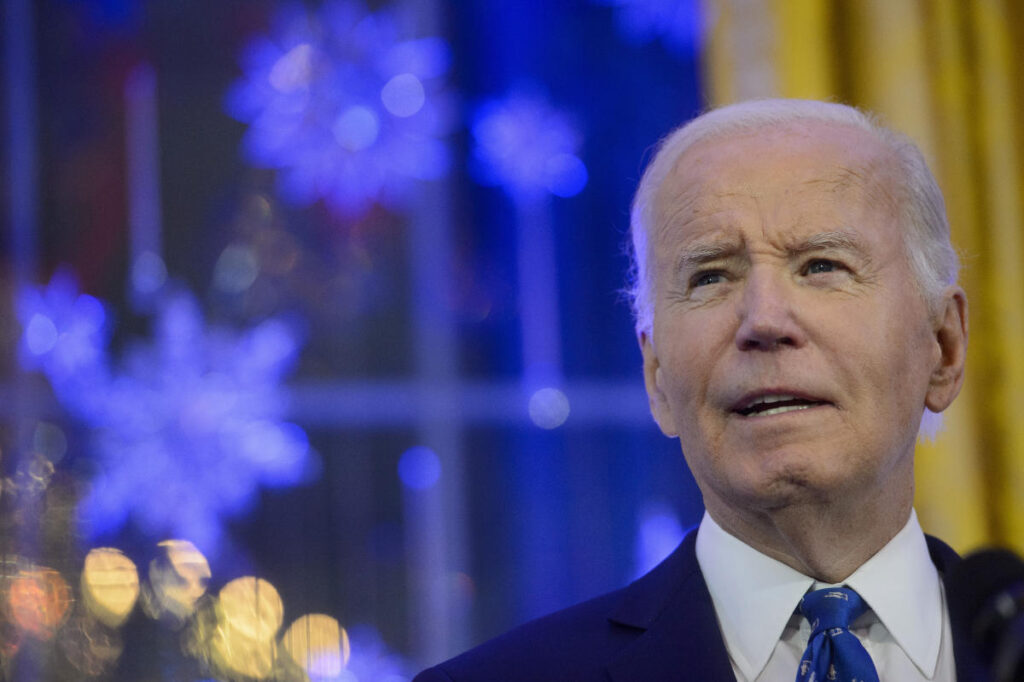The Biden administration has recently announced the cancellation of federal student loans for 55,000 workers through the Public Service Loan Forgiveness (PSLF) program, which is designed to support individuals who serve in government or nonprofit positions. This initiative caters primarily to teachers, nurses, law enforcement officials, and active service members who have qualified for loan forgiveness after fulfilling a decade of service. The relief granted amounts to $4.28 billion, marking what is expected to be the final installment of loan forgiveness under this program before President Biden concludes his term in January 2025. Despite his administration’s efforts, the promise of widespread loan cancellation has not been fully realized, leading to a shift in focus towards expanding pre-existing loan relief programs.
Under the current administration, significant changes have been made to the PSLF program, which previously faced enormous challenges and a staggering rejection rate of 99%. This high rate was largely due to complex eligibility criteria and convoluted rules that often left borrowers in a state of confusion. As a response, the Education Department has taken steps to simplify these regulations, ultimately resulting in nearly $180 billion in federal student loan cancellations during Biden’s tenure, benefiting approximately 4.9 million individuals, including around 1 million borrowers through PSLF alone.
President Biden expressed his commitment to making higher education more accessible and affordable in his statement, asserting that education should serve as a means to attain economic stability rather than create obstacles. By facilitating loan cancellation for those who serve their communities, the administration aims to enable borrowers to pursue personal and professional goals that had previously been hindered by the weight of student debt. This initiative is part of a broader strategy to alleviate financial burdens and promote economic opportunities for everyday Americans.
However, Biden’s administration has encountered significant hurdles in executing his vision for broader loan forgiveness. The Supreme Court’s decision to block the initial push for mass cancellation has stalled efforts, and ongoing legal disputes involving Republican-led states continue to complicate the situation. While the president has proposed an alternative rule aimed at facilitating relief for individuals in financial distress, the effectiveness of this initiative remains uncertain, with skepticism surrounding its potential implementation before the end of his administration.
The political landscape surrounding student loan forgiveness remains contentious, not only within Biden’s administration but also in the opposition. Former President Donald Trump has not provided specific plans regarding student loans for a potential second term. However, he has criticized Biden’s efforts, labeling them as illegal and harmful to taxpayers who either didn’t attend college or have already repaid their loans. This opposition embodies a broader Republican sentiment, with many Congress members expressing their dissent against the perceived transfer of financial responsibility onto taxpayers through loan forgiveness initiatives.
In conclusion, while the Biden administration celebrates the successful cancellation of loans for thousands of public service workers through the PSLF program, the larger narrative of student debt relief remains complex and fraught with challenges. The administration’s commitment to making higher education a pathway rather than an impediment to success contrasts starkly with the legal and political obstacles that have hindered mass cancellation efforts. As the January 2025 deadline approaches, the potential implications of these initiatives on future educational policy and the economic landscape will be pivotal for millions of borrowers and the broader American community.

